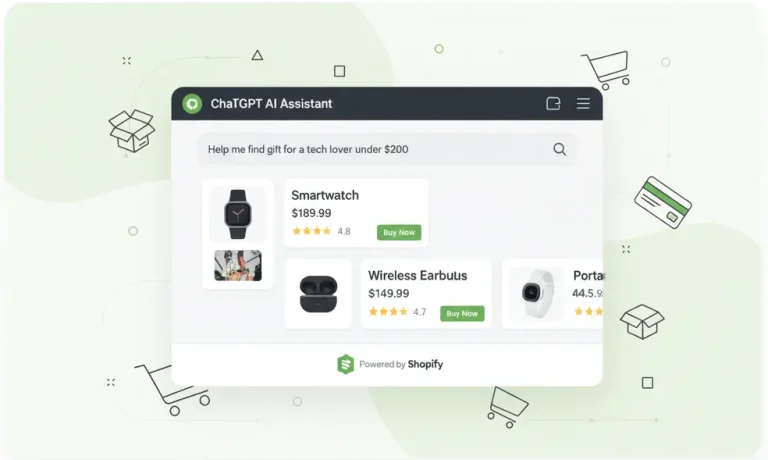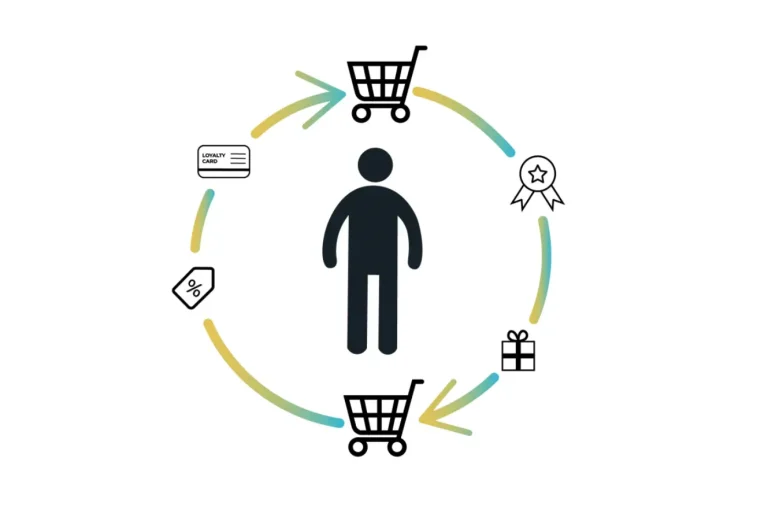Social Media
When selling on Amazon, monitoring your competitors and identifying market gaps are key to business growth. With a well-executed competitor analysis, you can strengthen your strategy and better meet customer needs. Here’s your step-by-step guide:
1. Why Should You Conduct a Competitor Analysis?
- Spot Market Trends: Discover which products are popular and what features customers value most.
- Define Your Pricing Strategy: Analyze competitor pricing to stay competitive.
- Identify Weaknesses: Use customer complaints to improve your own products.
2. How to Identify Your Competitors
- Keyword Research: List top-ranking products for your target keywords (e.g., “wireless earbuds”).
- Amazon’s “Customers Also Bought” Section: Analyze similar products shown on your product page.
- Brand-Based Analysis: Track leading brands in your product category.

3. Tools for Competitor Analysis
a) Jungle Scout
- Product Database: Shows monthly sales volume, pricing, and review count for competitor products.
- Keyword Tracker: Analyzes which keywords your competitors are ranking for.
b) Helium 10
- X-Ray Tool: Reveals competitor listing details (title, description, keywords).
- Trend Graphs: Displays how product popularity changes over time.
c) AMZScout
- Price Tracking: Monitors real-time price changes of competitor products.
- Stock Monitoring: Tracks inventory levels of competitor listings.
4. Five Key Factors to Analyze
a) Product Listing Optimization
- Title & Description: What keywords are used in competitor titles?
- Images: How many? What quality? Do they include lifestyle images?
b) Pricing & Promotions
- Daily Price Changes: Are competitors offering discounts? When?
- Coupons & Lightning Deals: How often are campaigns run, and how effective are they?
c) Customer Reviews & Ratings
- Average Rating: How many stars do competitor products have?
- Negative Reviews: What are the most common complaints (e.g., shipping delays, poor quality)?
d) Advertising Strategies
- Sponsored Products: Which keywords are they targeting?
- Ad Copy: How do they highlight product features?
e) Delivery & Customer Service
- Prime Eligibility: Do competitor products offer fast delivery with Prime?
- Return Policy: Are their return terms more favorable than yours?
5. How to Interpret the Data
- SWOT Analysis: List your competitors’ strengths and weaknesses.
- Identify Market Gaps: For example, if competitors don’t emphasize “fast delivery,” focus on that in your strategy.
- Price Flexibility: Define a competitive price range based on your costs.
6. Continuous Monitoring & Updates
Amazon is a dynamic marketplace. On a monthly basis:
- Track new competitors.
- Re-evaluate keyword trends.
- Adjust your strategy based on customer feedback.
Competitor analysis on Amazon isn’t a one-time task — it’s an ongoing process. Use the right tools to collect accurate data, turn weaknesses into opportunities, and adopt a customer-centric strategy.
Remember: To beat your competitors, you must first understand them.
To learn about the services provided by Marker Groupe, you can contact us via the MarkerGroupe.com website or via the e-mail address hello@markergroupe.com.




